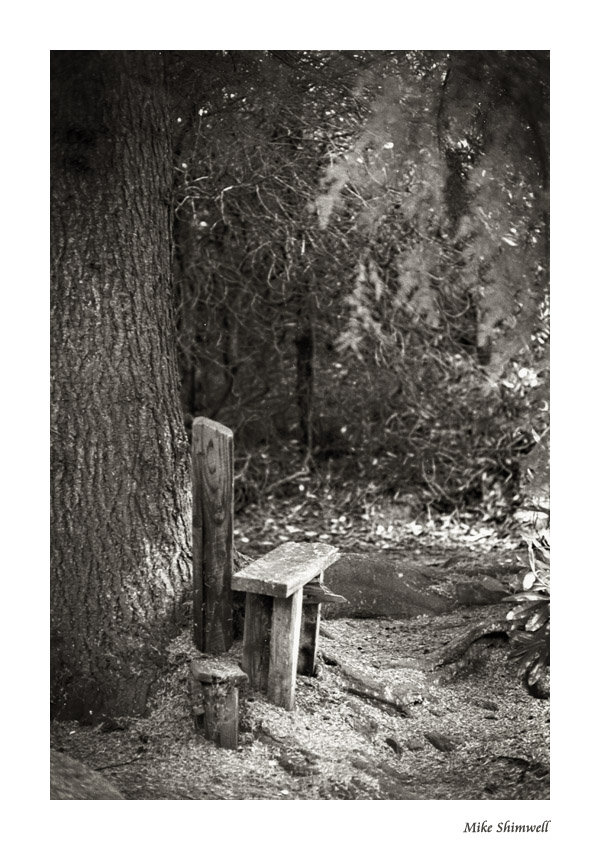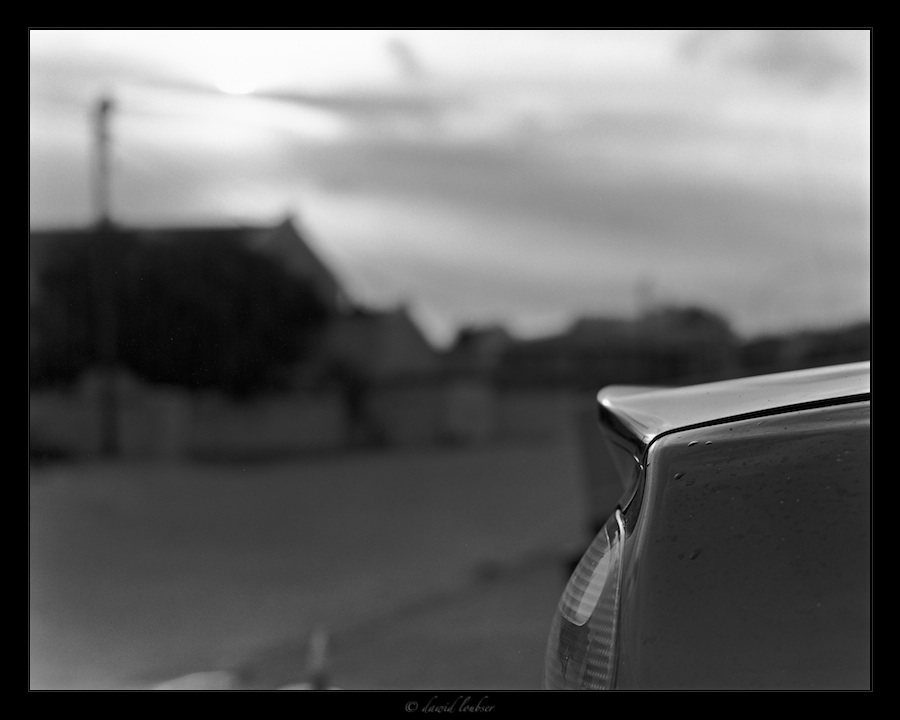Dawid is right of course with this exception. As the film gets larger the scans do look better. So keep that on the back burner in case the day comes when you long for some good black and white again. You can get into the LF market very cheaply now as most have abandoned for digi color. An old Burke and James 5X7 with a piece of vintage glass up front is a machine to be reckoned with. And processing these "alternative" sheets one at a time in a darkened room with 3 Yankee plastic trays is a return to simplicity that is most rewarding. Turn on the stereo and turn off the lights. A few minutes later you flip the switch back on for the inevitable "rush" as you see a BIG negative with lots of potential staring up at you. Also fun is to put cheap resin base paper in the 5X7 as the media and use that instead of film. Then you are scanning a 5X7 piece of reflective material that needs only to be inverted for the final image.
I've also noted that as the scanners have improved pretty drastically the 35mm scans have gotten more usable over time.
I've also noted that as the scanners have improved pretty drastically the 35mm scans have gotten more usable over time.















